These via ferrata routes across Europe feature secured climbs with steel cables, ladders, and bridges. The paths traverse the Dolomites, French Alps, Austrian mountains, and Spanish cliffs. The routes combine technical sections with geological formations and World War I military heritage. The elevated trails access summits, waterfalls, and mountain lakes at altitudes between 800 and 3000 meters.
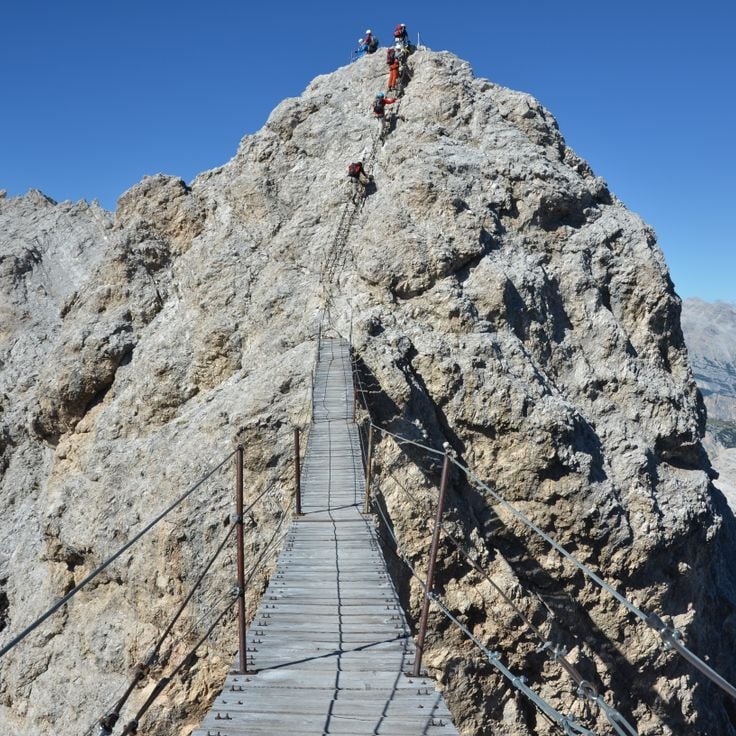
Dolomites, Italy
This route features a 27-meter suspension bridge from World War I. It provides views across the mountain ranges.
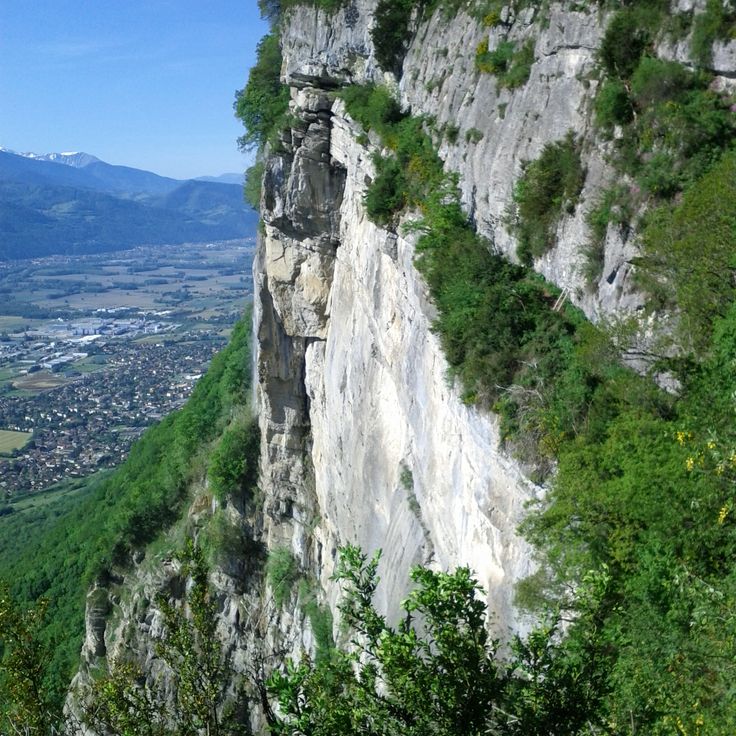
Auvergne-Rhône-Alpes, France
The via ferrata follows the course of a waterfall and requires technical skills on vertical rock faces.
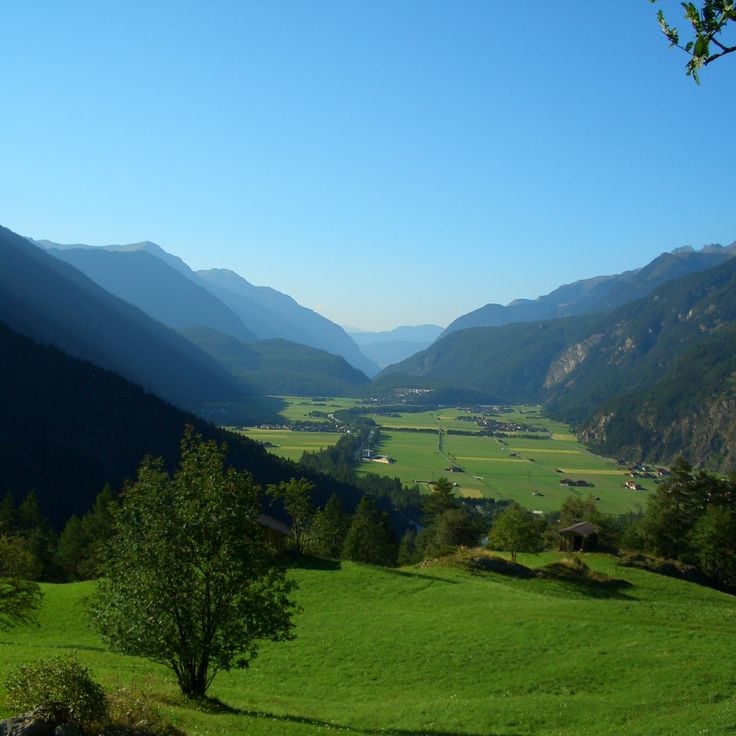
Ötztal Alps, Austria
This technical route with grade E difficulty was named after an Austrian climber who died on Annapurna in 1991.

Dolomites, Italy
The via ferrata ascends to 3343 meters to the summit of Marmolada. The route contains military tunnels from World War I.
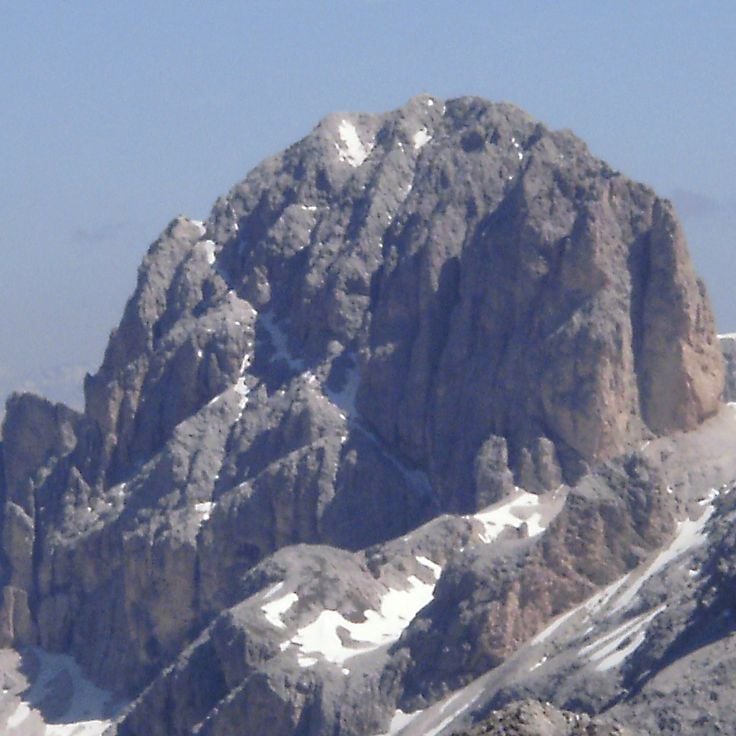
Dolomites, Italy
The route traverses limestone cliffs with technical climbing sections and provides views of the surrounding peaks.
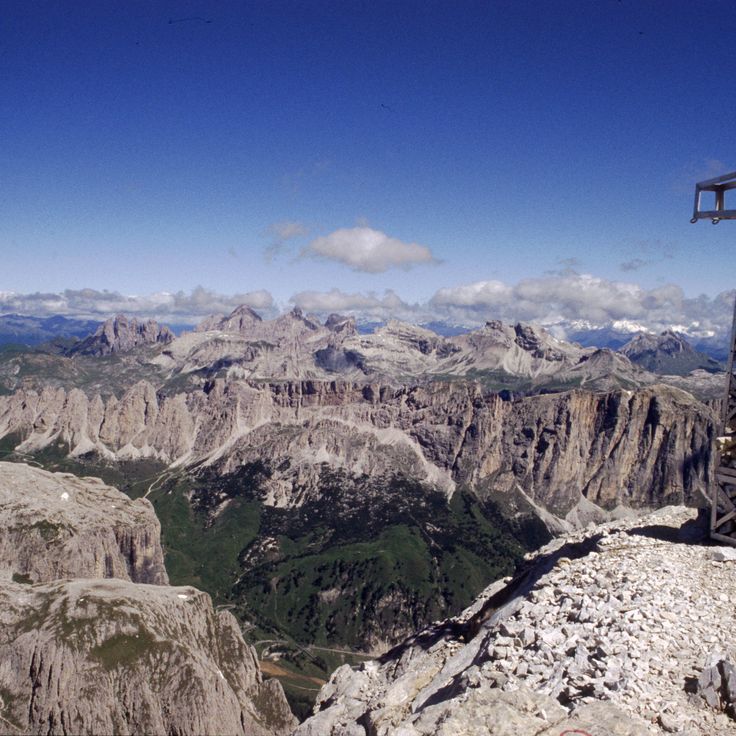
Dolomites, Italy
The path runs along vertical rock faces with exposed passages and enables views of the Sella massif.
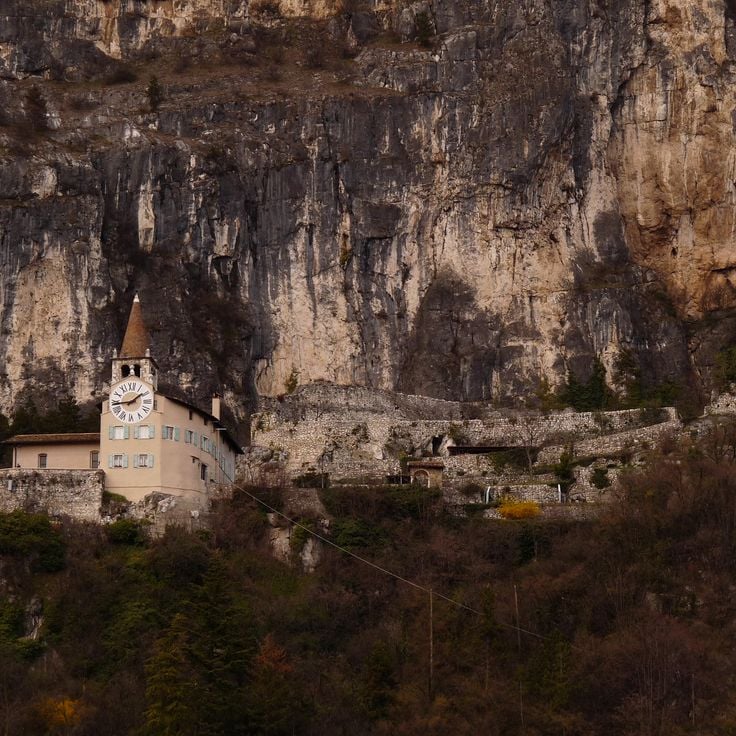
Mori, Italy
The route requires strength and technical abilities when climbing over steep limestone sections with metallic fixtures.
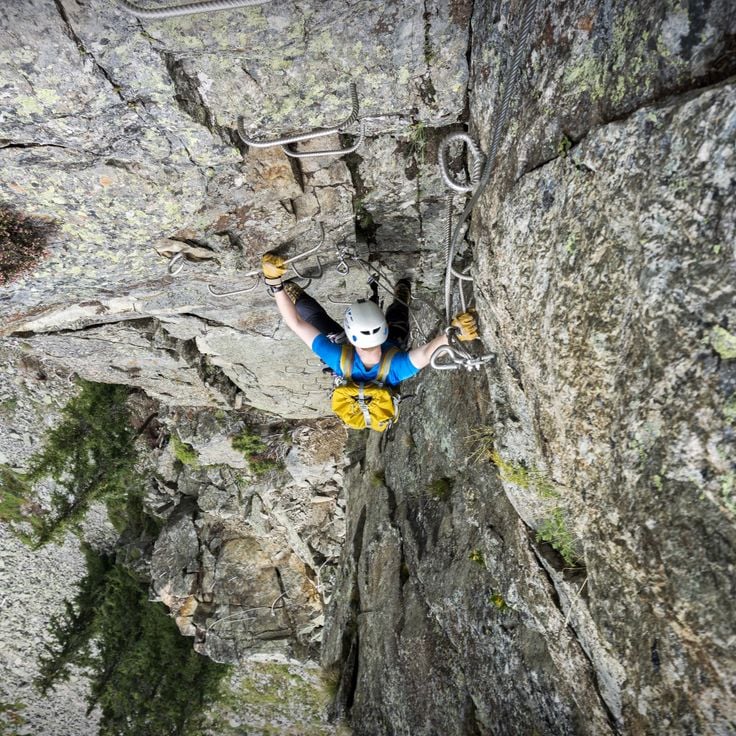
L'Auvergne-Rhône-Alpes, France
The route combines horizontal traverses with vertical ascents and offers paths for beginners to advanced climbers.
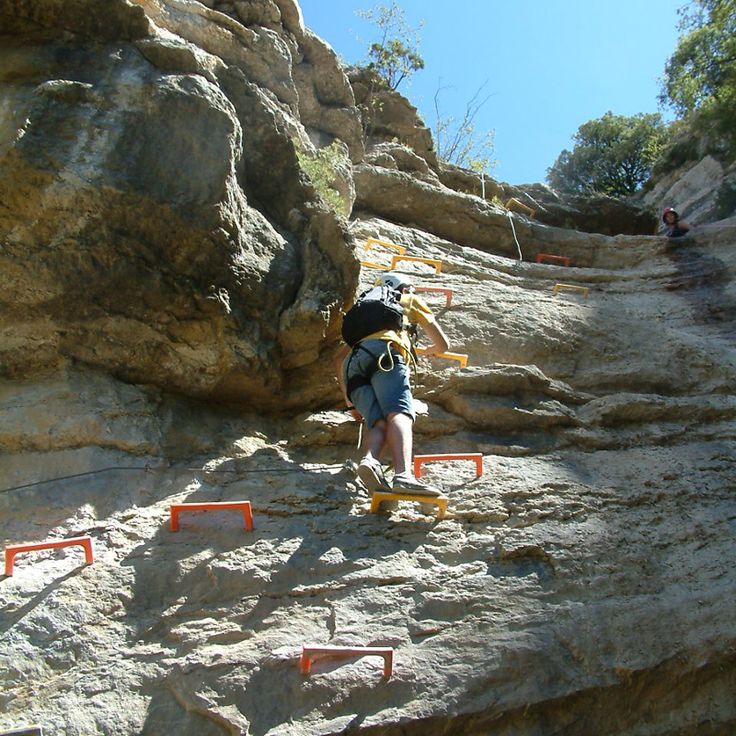
Alicante, Spain
The vertical rock faces rise 200 meters with steel cables and metal rungs leading to mountain peaks at 800 meters elevation.

Salzkammergut, Austria
The route follows a mountain stream through a limestone gorge with fixed ropes and ladders crossing multiple waterfalls.
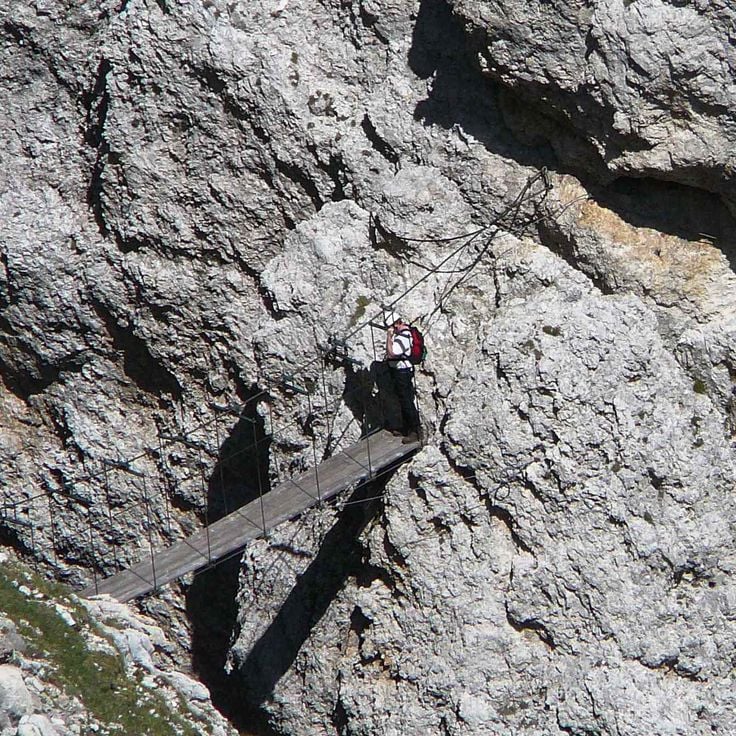
Dolomites, Italy
The metal cables extend 600 meters up vertical limestone faces, crossing a long suspension bridge at mid-height.
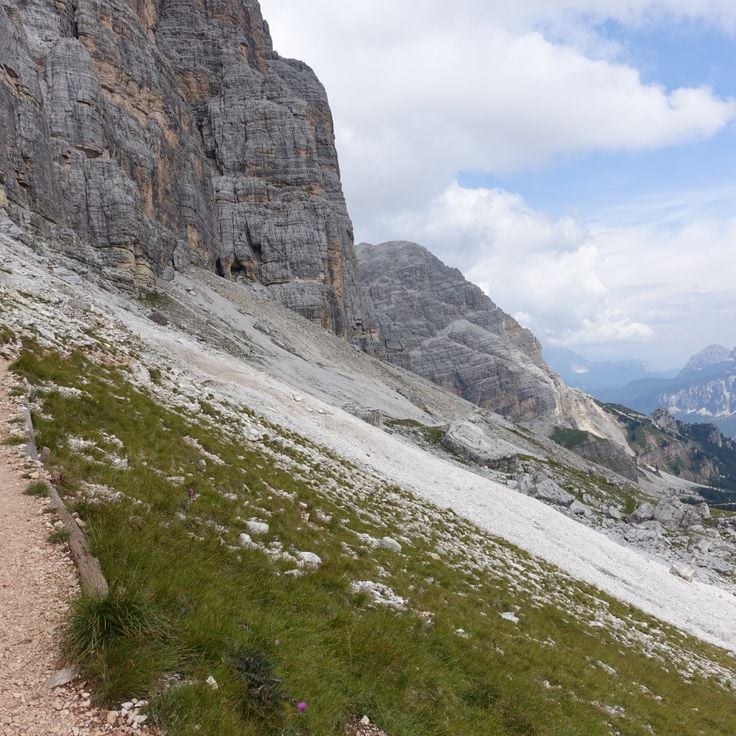
Dolomites, Italy
The path traverses WW1 tunnel networks and exposed rock faces with metal cables across 1000 meters of vertical gain.

Grisons, Switzerland
The climbing route ascends steep rock faces to an altitude of 3147 meters with views of the Swiss Alps mountain ranges.












